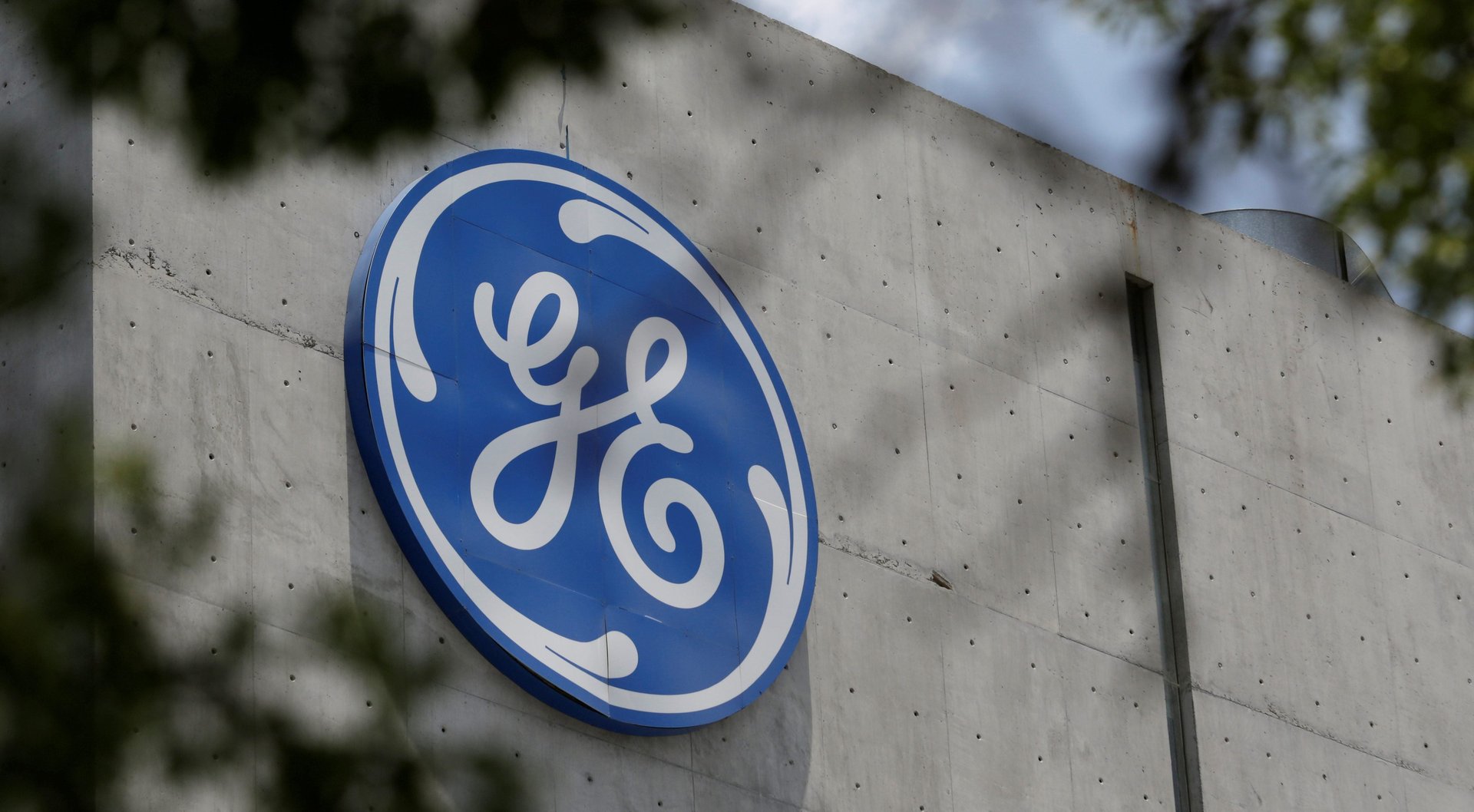Flying empty jets across the country is only the latest way GE wastes money on executives
For a company trying to fend off activist investors targeting bloated corporate spending, General Electric has seemed particularly clueless about how it spends money.


For a company trying to fend off activist investors targeting bloated corporate spending, General Electric has seemed particularly clueless about how it spends money.
Along with paying executives astronomical salaries for mediocre results, it has showered them with perks that read like a caricature of executive excess. Perhaps the most egregious example is the one revealed yesterday (paywall) in the Wall Street Journal. It reports that the company often sent an empty aircraft to follow then-CEO Jeffrey Immelt around as he traveled the world on another corporate jet, just in case his primary plane (no doubt equipped with GE aviation equipment) broke down during one of his business trips.
GE also paid Immelt $27.5 million last year—that’s total compensation, including some deferred money—for a performance so uninspiring that he resigned under pressure in June. His replacement, John Flannery, is cleaning house now. The new CEO has vowed to trim the fat, including grounding GE’s fleet of six jets and killing a program that provided company cars to 700 executives.
Under pressure from Trian, the activist fund run by Nelson Peltz, the company recently agreed to add a Trian representative to its board (paywall) rather than risk a proxy battle it might lose. (Immelt and GE have denied his resignation was linked to Trian’s pressure.)
Corporations naturally bridle at the outsized influence of short-term investors, whose only interest is the next quarter’s earnings. Companies are eager for shareholders with a longterm view that gives management room to maneuver. Often, their frustration with short-term thinking is justified—investments in the future of the company can take years to manifest, such as Walmart’s move to raise employee pay.
But when companies become profligate and waste money on excessive perks for executives, activists circle like a pride of lions ready to cut out the weakest member of the herd.
GE has a long history of bloated executive compensation. When former CEO Jack Welch retired in 2001, he was left with a retirement package valued at almost $420 million, and included items like the use of an $50,000-a-month Manhattan apartment, choice seats for the Yankees, Knicks, Red Sox, and at Wimbledon, and the use of GE’s airplanes. The size and excess of Welch’s golden parachute only came to light in his divorce filings, and its non-disclosure to shareholders became the subject of a SEC enforcement action.
But while Welch’s haul was embarrassing, it came when GE was still among the US’s richest companies, and it barely made a ripple among investors. Much has changed in the last 16 years, and GE went from leading the world with a $406 billion market capitalization, to being ranked to 25th, with a market cap of $200 billion today. It’s a lot easier to splurge on perks when you can afford it.